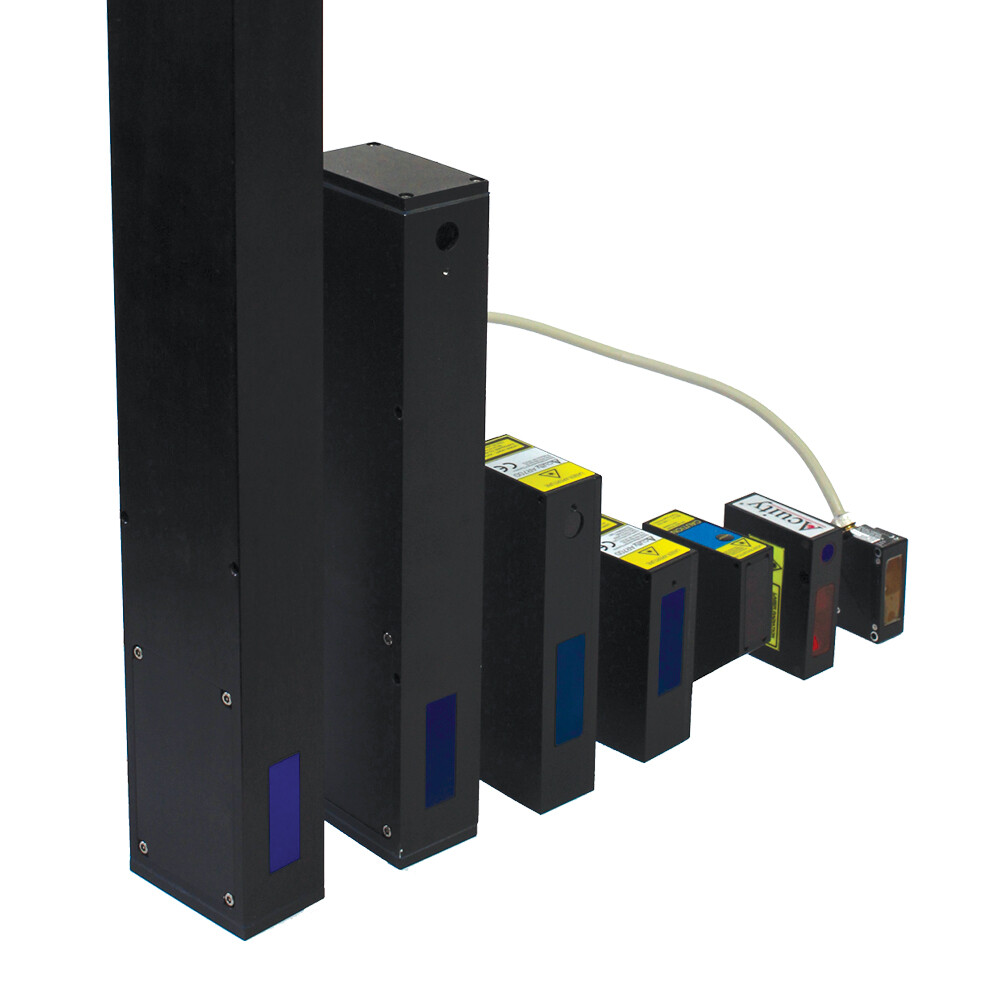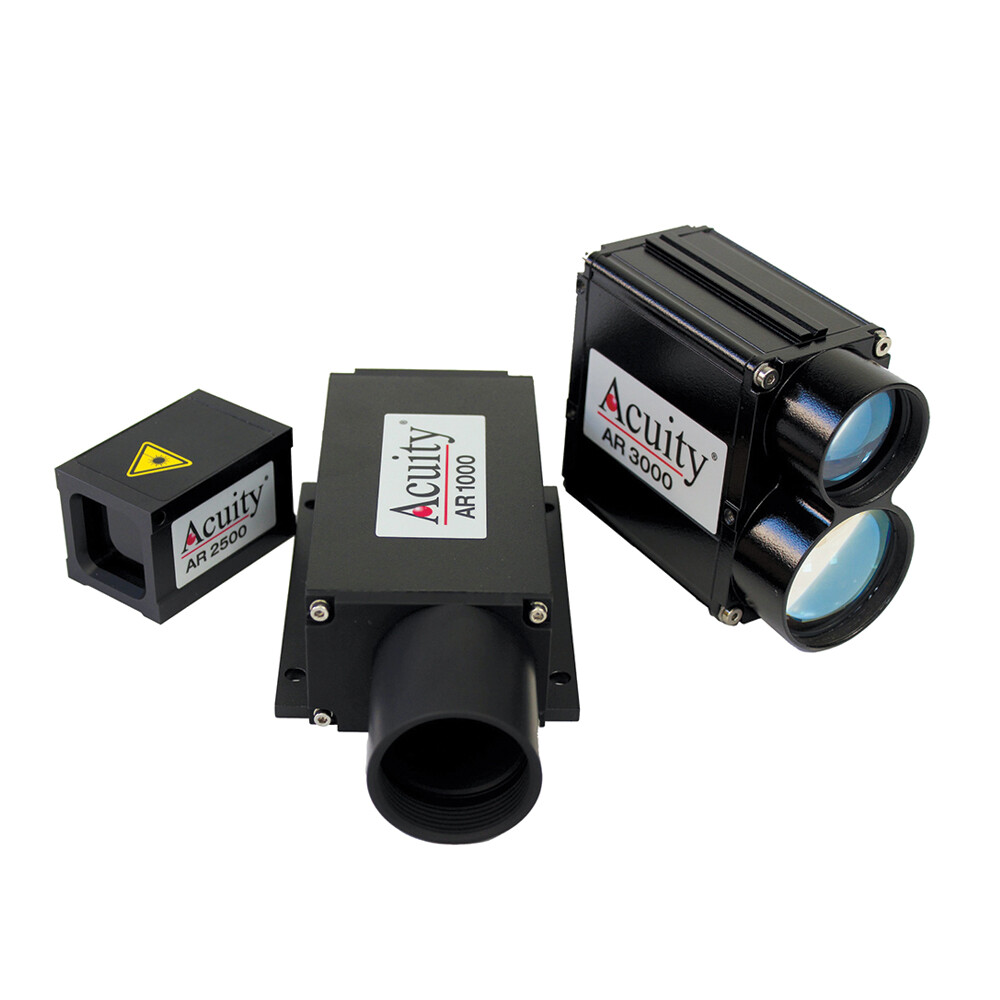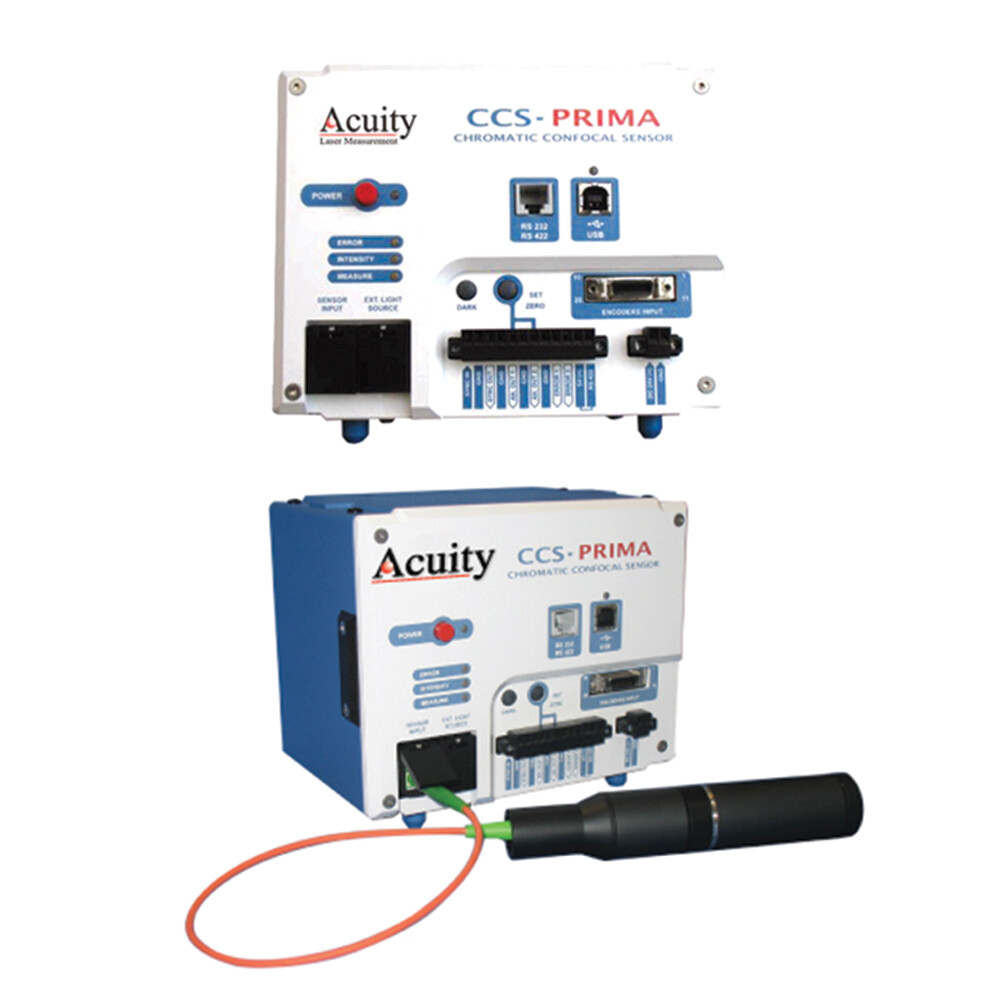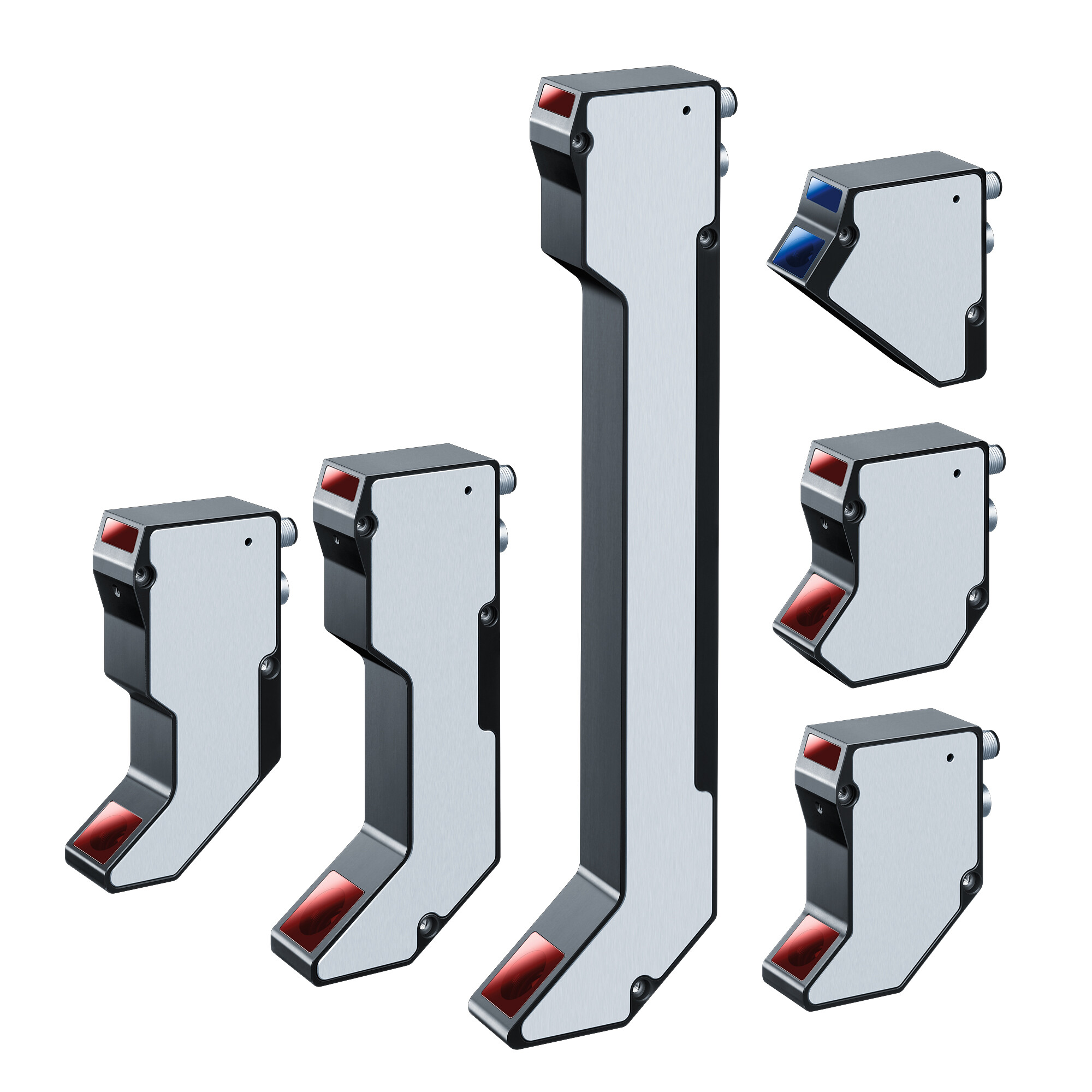Laser Sensor Performance
PERFORMANCE OF SENSORS ON SPECULAR AND DIFFUSE TARGETS
QUANTIFYING PERFORMANCE IN TERMS OF ACCURACY, RESOLUTION, REPEATABILITY
All sensors require some laser light to return to them from the target surface in order to function. The amount of light needed is a measure of the sensitivity of the device. In general, the most sensitive devices are the most costly, and accurate measurements at high sample rates require stronger reflection than for lower sample rates.
For diffuse targets, the higher the reflectance of the target, the better a sensor’s performance will be. Lightly-colored materials such as wood, paper, or white paint are uncooperative targets that work well at all distances. The darkest coal-black materials 50 feet from a rangefinder may return only one ten-millionth of the light that reaches them to a rangefinder. Maximum range and depth of field may be limited to as little as 1/5 of what is possible with ordinary, light-colored surfaces. Acuity specifies the performance of its sensors to targets of 85% diffuse reflectance.
In addition to the amount of light a surface reflects, the way in which light is reflected can affect an optical sensor’s performance. Many surfaces are partially specular and partially diffuse. These can be difficult to measure, and the amount of light or returned to a sensor may vary greatly with the angle of the target surface.
QUANTIFYING SENSOR PERFORMANCE
The accuracy of a sensor is a measurement of the difference that can be expected between a sensor’s reading and the actual distance measured. The resolution is the smallest change in distance that a sensor can detect and is typically a smaller value than the accuracy error. Accuracy may be affected by temperature, target reflectance or ambient light, which generally will not affect the resolution. For many applications, resolution is more important than absolute accuracy. The AR700 and AR200 laser displacement sensors have accuracies which are +/- 0.03% and +/- 0.2% of their measuring spans, respectively. In general, laser sensor manufacturers may interchangeably use the terms Accuracy and Linearity, although linearity is a term most often associated with analog measuring devices.
Repeatability is a measure of sensor stability over time. Typically, sample to sample repeatability will be lower for very fast sample rates, since less time is used to average the measurement. As the sample rate is lowered, repeatability will improve, but this does not continue indefinitely. Beyond some slower sample rate, repeatability will start to worsen as long-term drift in the components and temperature changes cause changes in the sensor’s output.
LASER SPOT SIZE AND IMPACT ON PERFORMANCE
Other specifications which may be important are the laser spot size and the divergence of the beam.
Some applications require a small spot for high-resolution measurement while others require a larger diameter spot for averaging rough surfaces or for eye safety concerns. A small, focused laser spot will help to resolve tiny features on a target’s surface. A large spot will reflect off larger areas which may contain features at several different heights. The reported distance would likely be the average of those individual heights or simply the spot that returns the most light to the detector (usually the highest peak).
The AR700 and AR200 triangulation laser sensors use a different optics scheme than the AR4000 rangefinder. The laser spot is smallest when focused at the standoff distance. The standoff distance is the distance from the face of the sensor to the middle of the span. The laser beam diverges on both directions from the standoff. When reading any laser sensor specification, note the laser spot size at the standoff and the ends of the span. Laser spots are not always perfect circles and can be oblong or rectangular in shape. When specifying laser spot diameters, the larger diameter (or dimension) is used.
SIGNAL STRENGTH AND THE IMPACT ON ACCURACY
Signal strength, often referred to as amplitude, is a measure of how much light is returned to the detector after reflecting off a target surface. In the case of triangulations sensors, low amplitudes will force an autogain pattern in the device to increase the laser power output and increase the “shutter time” on the CMOS detector array until sufficient signal is detected for an accurate measurement. Thus on dark targets, slower sampling speeds are suggested.
USING TWO SENSORS TO MEASURE DIFFERENTIAL THICKNESS
Much can be learned about the importance of synchronizing laser sensors when using them in multiples to measure dimensions. Whether using an array of single-point laser sensors across a large, moving surface or using a pair of sensors to measure differential thickness, it is important that the devices are working in unison and measuring distance at exactly the same intervals. Acuity has authored a white paper about this topic to help customers improve their applications performance of multiple sensors.





